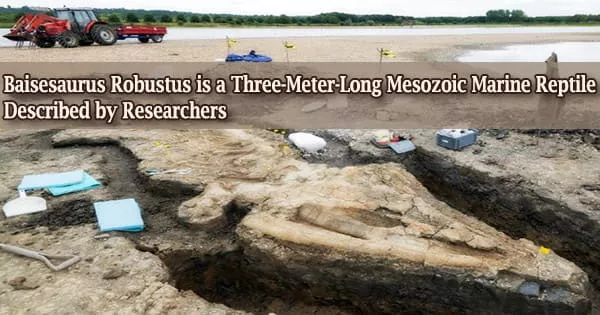Technology transfer (TT), also known as transfer of technology (TOT), is the process of transferring (disseminating) technology from the person or organization that owns or holds it to another person or organization in order to transform inventions and scientific outcomes into new products and services that benefit society. It refers to the process of transferring or disseminating technology and knowledge from one organization, institution, or individual to another for further development, commercialization, or use.
Technology transfer is closely related to (and may be considered a subset of) knowledge transfer. This transfer can take many forms and involve a wide range of technologies, including scientific discoveries, innovations, procedures, and intellectual property.
A full definition of technology transfer today includes the concept of collaborative process, as it became obvious that only global solutions could be developed to address global concerns. Knowledge and technology transfer is critical in connecting partners in innovation and moving inventions from inventors to public and private customers.
Benefits:
- Economic Growth: It can stimulate economic growth by fostering innovation and creating new markets.
- Innovation: It allows organizations to leverage existing technology and knowledge to develop new products or processes.
- Global Development: Transferring technology to developing countries can help address societal challenges, such as healthcare and agriculture.
- Competitive Advantage: Acquiring advanced technology can give a recipient organization a competitive edge in its industry.
Challenges:
- Intellectual Property Issues: Determining ownership and rights to technology can be complex, leading to disputes.
- Cultural and Organizational Differences: Different organizations may have varying approaches to technology adoption and management.
- Lack of Expertise: The recipient may lack the necessary skills and expertise to effectively utilize the transferred technology.
- Regulatory and Legal Barriers: Regulatory and legal frameworks can hinder the transfer of certain technologies, especially in sensitive areas like defense or healthcare.
Intellectual property (IP) is a crucial tool for technology transfer because it creates an environment favourable to the sharing of research findings and innovations. According to a 2003 study, the context, or environment, and motivations of each firm engaged determine the method of technology transfer used. The motivations for technology transfer were not always consistent across organizational levels, especially when commercial and government interests were combined.
The protection of intellectual property rights allows all parties, including universities and research organizations, to maintain ownership of the scientific results of their intellectual activity and to manage the use of IP in accordance with their mission and fundamental values. IP protection gives academic institutions capacity to market their inventions, attract funding, seek industrial partners and assure dissemination of new technologies through means such as licensing or creation of start-ups for the benefit of society.
















